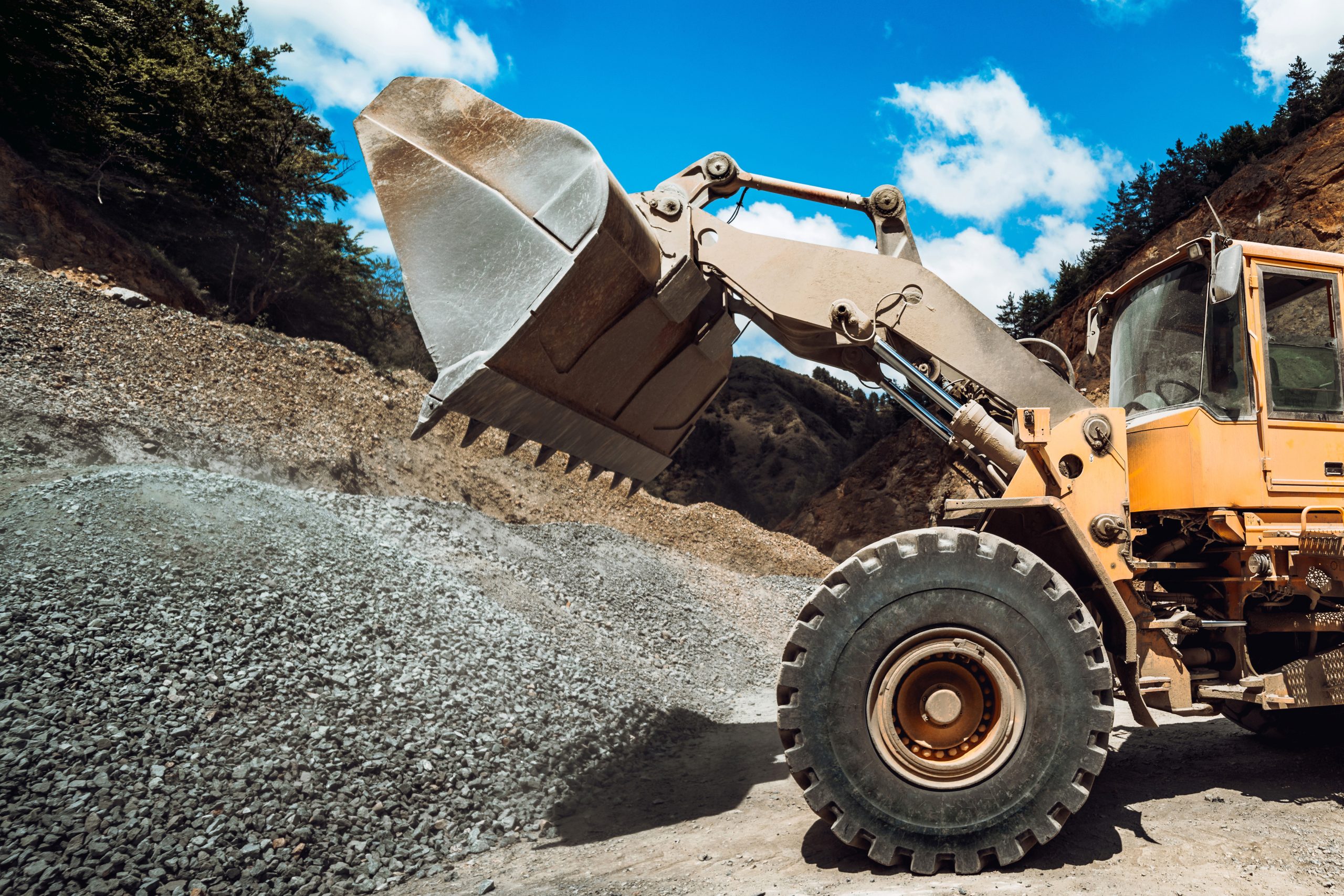
Heavy equipment transportation is a critical task that requires an immense level of precision, care, and safety. It’s a high-stakes operation where errors can lead to significant injuries, financial losses, and even legal repercussions. This guide is designed to provide an understanding of how to safely load and transport heavy equipment, ensuring a smooth and secure heavy haul trucking process every time.
HOW TO SAFELY LOAD AND TRANSPORT HEAVY EQUIPMENT
Preparing the Equipment
The first step in construction equipment transport is to prepare the equipment itself. This involves cleaning, inspecting, and securing the equipment. Start by cleaning any dirt or debris from the machine. This helps to reduce the chance of slipping or other accidents during loading and unloading.
Documented Risk Assessments
Risk assessments are an essential part of heavy equipment transportation. They involve identifying potential hazards and outlining steps to mitigate these risks. These risk assessments mustn’t just be done but also documented. This provides a record, ensuring everyone involved in the process is aware of the potential risks and the precautions that need to be taken.
Hauling Capacities of Trailer or Truck
Before you can safely load and transport heavy equipment, you need to understand the hauling capacities of your trailer or truck. This includes the maximum weight it can safely carry, as well as the weight distribution requirements. Overloading a trailer or truck can lead to catastrophic failure of the vehicle and can pose a serious safety risk.
Understanding your vehicle’s hauling capacity involves checking the manufacturer’s specifications, which should provide details on weight limits and weight distribution.
Get PPE for Everyone
Personal Protective Equipment (PPE) is crucial for everyone involved in the heavy equipment transportation process. This can include items like safety boots, high-visibility clothing, gloves, and hard hats, all of which can help prevent injuries.
Loading Heavy Equipment
The process of loading heavy equipment onto a trailer or truck needs to be done carefully and methodically. Always use loading ramps that are sturdy and designed to hold the weight of the equipment. The equipment should be driven slowly and cautiously onto the trailer or truck, and any sudden movements should be avoided to prevent shifting or tipping.
Clear the Trailer and Ramp
Before you start loading, make sure the trailer and ramp are clear of any debris or objects that could interfere with the process. This includes checking for any obstacles that could pose a tripping hazard, as well as ensuring the ramp is securely attached to the trailer.
Give Everyone Clear Duties
Loading and transporting heavy equipment is a team effort, and it’s important that everyone involved knows their responsibilities. Assign clear roles and duties to each person, ensuring that all aspects of the process are covered.
Level the Loading Area
The loading area should be as level as possible to prevent the equipment from rolling or sliding during the loading process. If the area is sloped or uneven, it can cause the equipment to become unstable, leading to potential accidents.
Line Up All the Machines
When you’re ready to start loading, line up all the machines in the order that they’ll be loaded onto the trailer or truck. Heavier or larger machines should typically be loaded first to help balance the load and prevent the trailer or truck from becoming top-heavy.
Chain Down Equipment
Once the heavy equipment is loaded onto the trailer or truck, it’s crucial to secure it properly. This is often done using chains, which are attached to the equipment and then to the trailer or truck. When chaining down equipment, make sure the chains are tight and secure, and that they’re attached to strong parts of the equipment.
Heavy Equipment Transportation
Transporting heavy equipment is a task that requires specialized knowledge and experience. This isn’t like moving everyday items. The size, weight, and nature of heavy equipment mean that special transportation methods are often required.
Get a Permit
In many regions, transporting heavy equipment requires a special permit. This is due to the size and weight of the equipment, which often exceeds standard road regulations. These permits are usually obtained from a local or national transportation authority.
Find the Most Linear Route
When transporting heavy equipment, the route you take can have a big impact on safety and efficiency. Ideally, you want to find the most linear route – that is, the route with the least number of turns and obstacles.
Get Flashing Lights and Signs for Transport Vehicles
Safety is paramount when transporting heavy equipment, and one of the best ways to enhance safety is through visibility. This involves using flashing lights and signs on your transport vehicles to alert other road users to your presence.
Equipment Wheel Components Need to be Immobilized
To further secure heavy equipment during transport, the wheel components need to be immobilized. This can be done using wheel chocks, braces, or other devices that prevent the wheels from moving.
Tips for Safely Unloading
Unloading heavy equipment is just as important as loading, and it requires the same level of care and attention:
- Ensure the unloading area is clear and level.
- Use a spotter to guide the driver and to keep an eye out for any potential hazards.
- Drive slowly and carefully, avoiding any sudden movements.
- Once the equipment is unloaded, immediately secure it to prevent any unexpected movement.
Get in Touch with Bobcat Contracting for Heavy Haul Trucking and Heavy Equipment Transportation
When it comes to heavy haul trucking and heavy equipment transportation, it’s often best to leave it to the professionals. Bobcat Contracting is a leader in this field, with years of experience and a commitment to safety and efficiency.
Whether you’re moving a single piece of equipment or need ongoing transportation services, Bobcat Contracting can provide the solutions you need. Get in touch with us to discuss your needs and to get a quote for our heavy haul trucking services.
